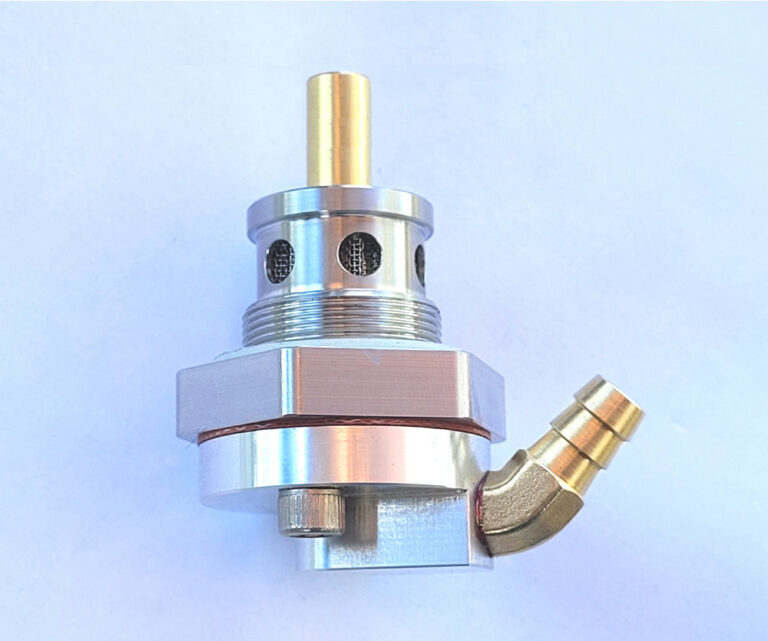NickZ
VIP MEMBER
- Joined
- Oct 31, 2018
- Messages
- 508
I discussed this previously here: https://www.accessnorton.com/NortonCommando/amr-nortec-mod.32150/
So here's the full video if you'd like more detail on installing the mods and the theory behind it.
It's been a few months and so far I can't detect any wetsumping at all.
Thanks to @Mike T for putting this on his channel.
Great video.
Do you know if the AMR oil pump modification includes putting a seal in the top end plate for the driving shaft as well? I see pumps with a lot of leakage from that source, especially while running.


